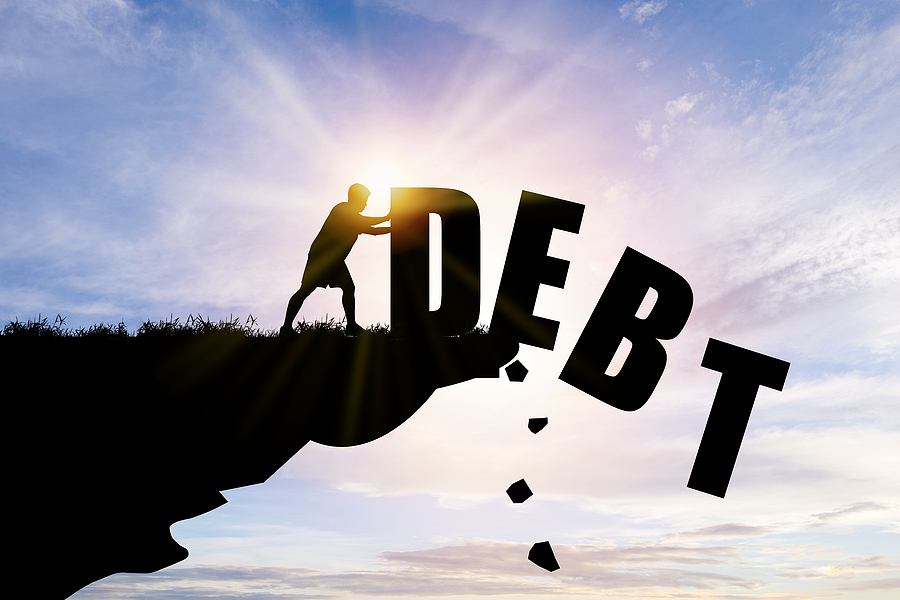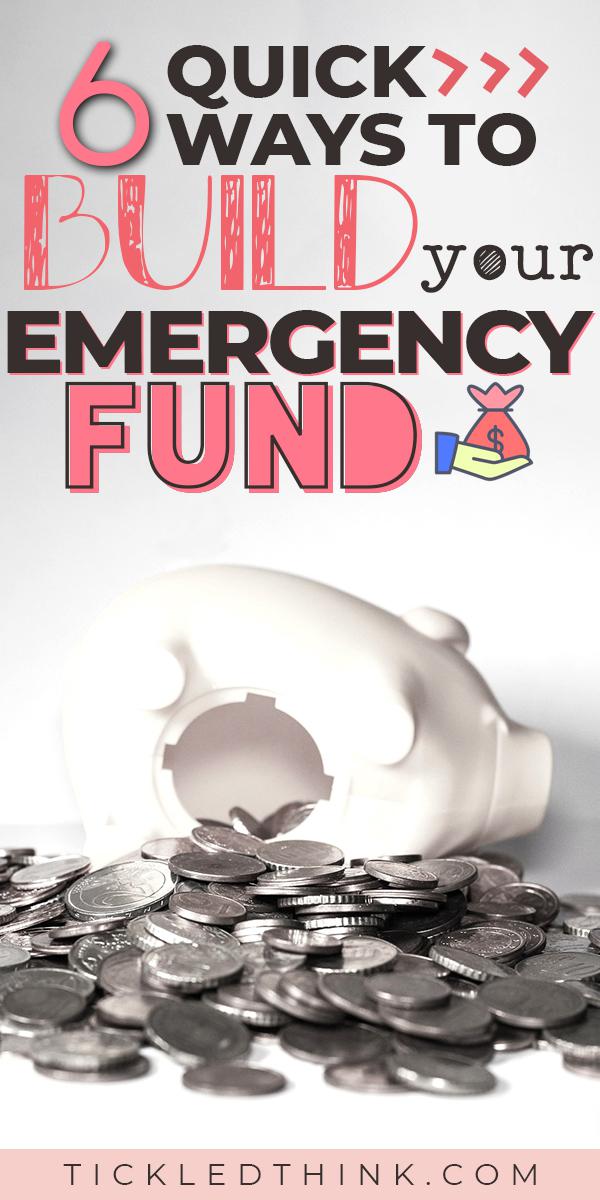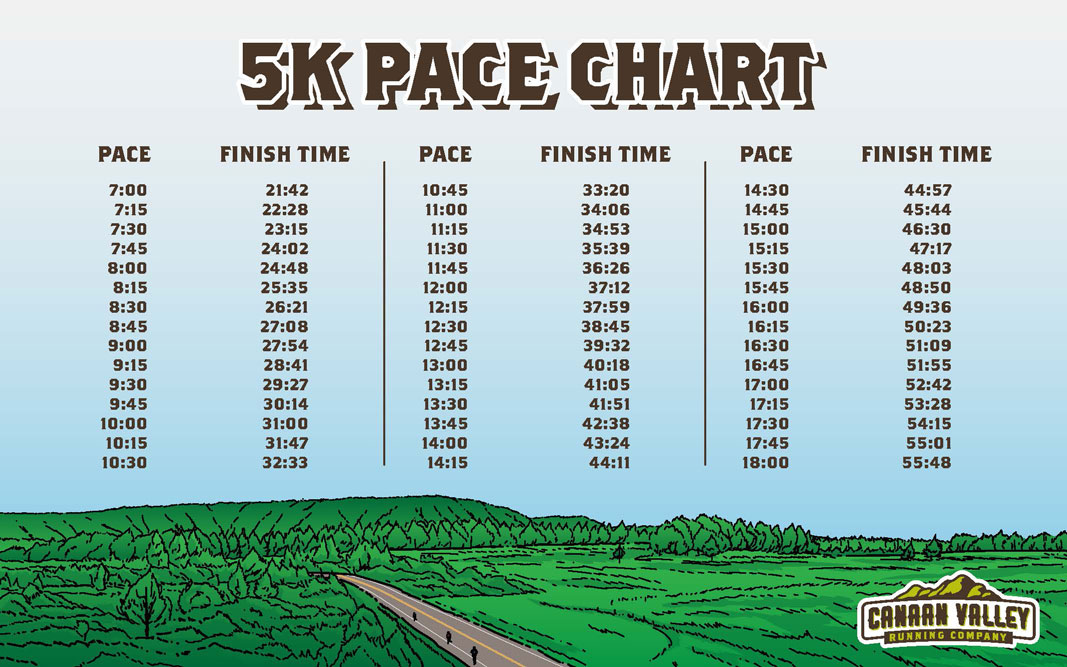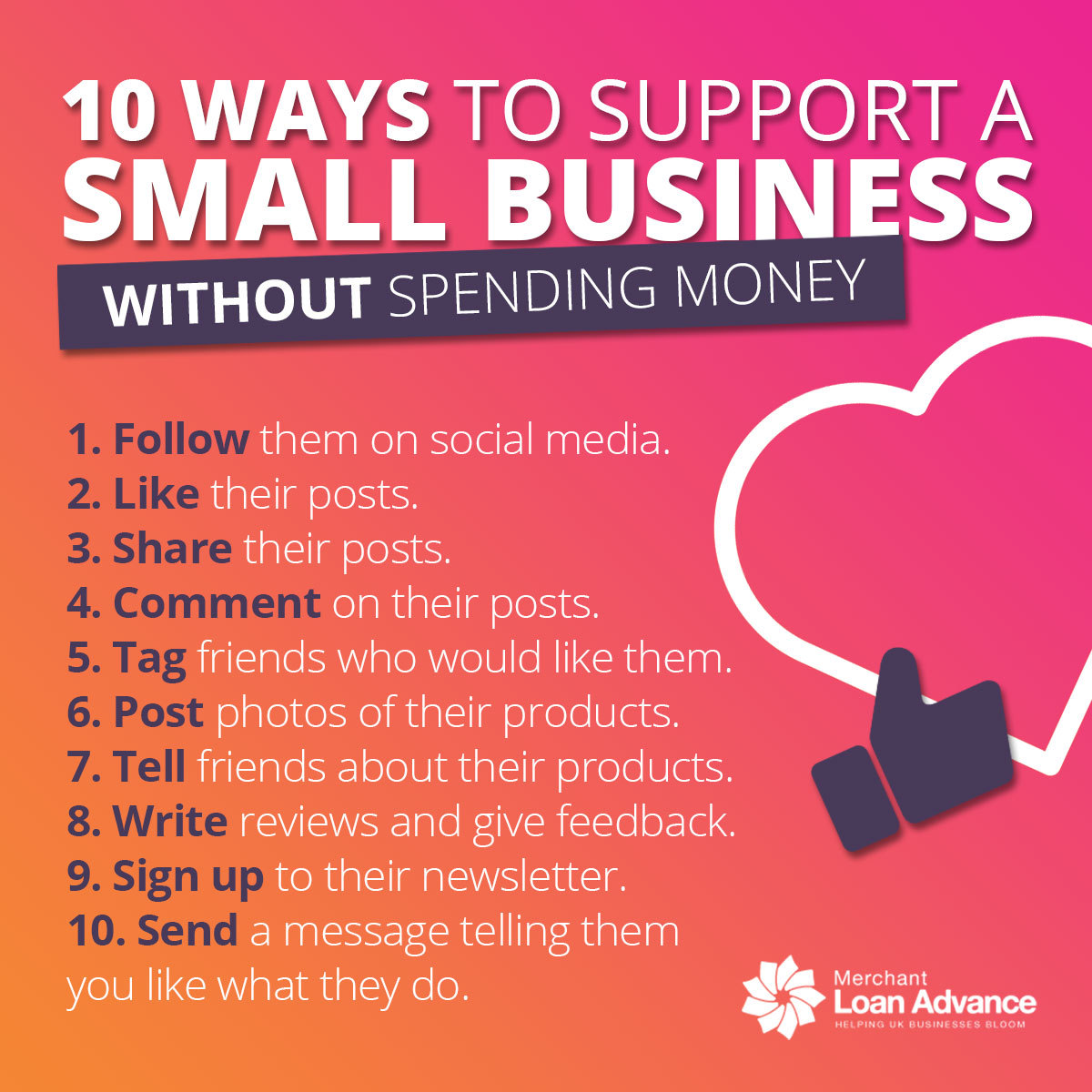Breaking Down Your Financial Goals
Receiving a $5,000 windfall can be a life-changing event, but it’s essential to approach it with a clear understanding of your financial objectives. Before deciding what to do with the money, take a step back and assess your short-term, mid-term, and long-term goals. This will help you make informed decisions that align with your overall financial strategy.
Start by categorizing your goals into three main categories: short-term (less than 1 year), mid-term (1-5 years), and long-term (more than 5 years). Short-term goals might include paying off high-interest debt, building an emergency fund, or covering unexpected expenses. Mid-term goals could involve saving for a down payment on a house, funding a big purchase, or investing in a tax-advantaged retirement account. Long-term goals typically focus on wealth accumulation, retirement planning, and estate planning.
When evaluating your financial goals, consider the 50/30/20 rule: allocate 50% of your income towards necessary expenses (housing, food, utilities), 30% towards discretionary spending (entertainment, hobbies), and 20% towards saving and debt repayment. This will help you prioritize your goals and make the most of your $5,000 windfall.
For example, if you’re struggling with high-interest debt, consider using the $5,000 to pay off a significant portion of the balance. Alternatively, if you’re saving for a down payment on a house, you could allocate the funds towards your goal. By understanding your financial objectives and prioritizing your goals, you’ll be better equipped to make the most of your $5,000 windfall and achieve long-term financial success.
Remember, the key to making the most of your $5,000 windfall is to approach it with a clear understanding of your financial goals and priorities. By taking the time to assess your objectives and create a plan, you’ll be well on your way to achieving financial stability and success.
Assessing Your Debt Situation
When considering what to do with a $5,000 windfall, it’s essential to evaluate your outstanding debts, including credit card balances, personal loans, and mortgages. This will help you determine the best course of action for your financial situation. Start by gathering all your debt information, including the balance, interest rate, and minimum payment for each debt.
Next, prioritize your debts by focusing on the ones with the highest interest rates or the smallest balances. Consider using the debt avalanche method, where you pay off the debt with the highest interest rate first, or the debt snowball method, where you pay off the debt with the smallest balance first. Both methods can be effective, but it’s crucial to choose the one that works best for your financial situation.
In addition to prioritizing your debts, consider debt consolidation options. If you have multiple debts with high interest rates, you may be able to consolidate them into a single loan with a lower interest rate. This can simplify your payments and save you money on interest. However, be cautious of debt consolidation scams and carefully review the terms and conditions before making a decision.
Another option to consider is using the $5,000 windfall to pay off a significant portion of your debt. This can provide a sense of relief and help you make progress towards becoming debt-free. However, it’s essential to weigh the pros and cons of using the funds for this purpose, as you may have other financial priorities that need attention.
For example, if you have high-interest credit card debt, using the $5,000 windfall to pay off a significant portion of the balance can save you money on interest and help you become debt-free faster. On the other hand, if you have a mortgage with a low interest rate, it may be more beneficial to use the funds for other purposes, such as building an emergency fund or investing in a tax-advantaged retirement account.
Ultimately, assessing your debt situation and creating a plan to tackle your debts is crucial when considering what to do with a $5,000 windfall. By prioritizing your debts and exploring debt consolidation options, you can make the most of your funds and achieve financial stability.
Building an Emergency Fund
Having a readily accessible savings fund is crucial for covering unexpected expenses, such as car repairs, medical bills, or losing your job. When considering what to do with a $5,000 windfall, building an emergency fund should be a top priority. This fund will provide a financial safety net, allowing you to avoid going into debt when unexpected expenses arise.
To calculate the ideal emergency fund amount, consider the following factors: your monthly essential expenses, your income, and your job security. A general rule of thumb is to save 3-6 months’ worth of essential expenses in your emergency fund. For example, if your monthly essential expenses are $3,000, you should aim to save $9,000 to $18,000 in your emergency fund.
When it comes to storing your emergency fund, consider the following options: high-yield savings accounts, money market accounts, or short-term CDs. These options typically offer easy access to your funds, low risk, and competitive interest rates. Avoid investing your emergency fund in stocks, bonds, or other investments that may be subject to market fluctuations.
Using the $5,000 windfall to build or supplement your emergency fund can provide peace of mind and financial stability. By having a readily accessible savings fund, you’ll be better equipped to handle unexpected expenses and avoid going into debt. Additionally, having an emergency fund in place can help you avoid dipping into your retirement savings or other long-term investments.
For example, if you’re currently living paycheck to paycheck, using the $5,000 windfall to build an emergency fund can help you break the cycle of debt and financial stress. By having a cushion of savings, you’ll be able to cover unexpected expenses and avoid going into debt, allowing you to focus on achieving your long-term financial goals.
In conclusion, building an emergency fund is a smart way to utilize a $5,000 windfall. By having a readily accessible savings fund, you’ll be better equipped to handle unexpected expenses and avoid going into debt. Consider using the $5,000 windfall to build or supplement your emergency fund, and take the first step towards achieving financial stability and peace of mind.
Exploring Investment Opportunities
When considering what to do with a $5,000 windfall, investing in a diversified portfolio can be a smart way to grow your wealth over time. There are several investment options to consider, each with its own associated risks and potential returns. In this section, we’ll explore some popular investment options, including high-yield savings accounts, certificates of deposit (CDs), and index funds.
High-yield savings accounts are a type of savings account that earns a higher interest rate than a traditional savings account. They are FDIC-insured, meaning your deposits are insured up to $250,000, and typically offer easy access to your funds. High-yield savings accounts are a low-risk investment option, but the returns may be lower than other investment options.
Certificates of deposit (CDs) are time deposits offered by banks with a fixed interest rate and maturity date. They tend to be low-risk and provide a fixed return, but you’ll face penalties for early withdrawal. CDs are a good option if you can keep your money locked in the CD for the specified term.
Index funds are a type of investment that tracks a specific stock market index, such as the S&P 500. They offer broad diversification and can be a low-cost way to invest in the stock market. Index funds are generally considered a medium-risk investment option, and the returns can be higher than high-yield savings accounts or CDs.
When investing in any of these options, it’s essential to consider your financial goals, risk tolerance, and time horizon. You may also want to consult with a financial advisor or conduct your own research to determine the best investment strategy for your individual circumstances.
For example, if you’re looking for a low-risk investment option, a high-yield savings account or CD may be a good choice. However, if you’re willing to take on more risk and have a longer time horizon, an index fund may be a better option. By exploring different investment opportunities and considering your individual circumstances, you can make an informed decision about what to do with your $5,000 windfall.
Ultimately, investing in a diversified portfolio can be a smart way to grow your wealth over time. By considering your financial goals, risk tolerance, and time horizon, you can make an informed decision about the best investment strategy for your individual circumstances.
Maximizing Retirement Contributions
When considering what to do with a $5,000 windfall, maximizing retirement contributions can be a smart way to secure your financial future. Contributing to tax-advantaged retirement accounts, such as 401(k), IRA, or Roth IRA, can provide a range of benefits, including tax savings, compound interest, and a steady income stream in retirement.
To determine the optimal contribution amount, consider your income, expenses, and financial goals. You may want to consult with a financial advisor or use online retirement calculators to determine how much you need to save for a comfortable retirement. Additionally, consider automating your retirement savings by setting up automatic transfers from your paycheck or bank account.
401(k) plans are a popular retirement savings option, especially for employees who have access to an employer-sponsored plan. Contributions are made before taxes, reducing your taxable income, and the funds grow tax-deferred. Some employers also offer matching contributions, which can significantly boost your retirement savings.
IRA and Roth IRA accounts are also popular retirement savings options. Contributions to a traditional IRA are tax-deductible, while contributions to a Roth IRA are made with after-tax dollars. Both types of accounts offer tax-free growth and withdrawals in retirement.
Using the $5,000 windfall to maximize retirement contributions can provide a significant boost to your retirement savings. By contributing to tax-advantaged accounts and automating your savings, you can create a steady income stream in retirement and achieve your long-term financial goals.
For example, if you’re 30 years old and contribute $5,000 to a 401(k) plan, you could potentially earn over $20,000 in interest by the time you retire, assuming a 7% annual return. By maximizing your retirement contributions and starting early, you can create a significant nest egg and enjoy a more secure financial future.
Ultimately, maximizing retirement contributions is a smart way to utilize a $5,000 windfall. By contributing to tax-advantaged accounts and automating your savings, you can create a steady income stream in retirement and achieve your long-term financial goals.
Enhancing Your Skills and Education
Investing in personal development can be a smart way to utilize a $5,000 windfall. Enhancing your skills and education can lead to better job prospects, higher earning potential, and a more fulfilling career. When considering what to do with a $5,000 sum, think about how you can use it to invest in yourself.
There are many ways to invest in personal development, including taking online courses, attending workshops or conferences, or pursuing a certification program. Online courses are a great way to learn new skills or expand your knowledge in a specific area. Websites like Coursera, Udemy, and LinkedIn Learning offer a wide range of courses on various topics.
Attending workshops or conferences can be a great way to network with others in your industry and learn from experts in the field. Look for events that align with your career goals and interests. Pursuing a certification program can also be a great way to demonstrate your expertise and commitment to your profession.
When choosing a personal development opportunity, consider the following factors: relevance, cost, and potential return on investment. Make sure the opportunity aligns with your career goals and interests. Consider the cost of the opportunity and whether it fits within your budget. Finally, think about the potential return on investment and whether it will lead to better job prospects or higher earning potential.
Using the $5,000 windfall to invest in personal development can be a smart way to enhance your skills and education. By investing in yourself, you can increase your earning potential, improve your job prospects, and achieve your long-term career goals.
For example, if you’re looking to transition into a new career, using the $5,000 windfall to take online courses or attend workshops can be a great way to gain the skills and knowledge you need to succeed. Alternatively, if you’re looking to advance in your current career, pursuing a certification program can be a great way to demonstrate your expertise and commitment to your profession.
Ultimately, investing in personal development is a smart way to utilize a $5,000 windfall. By enhancing your skills and education, you can increase your earning potential, improve your job prospects, and achieve your long-term career goals.
Supporting a Big Purchase or Down Payment
Using the $5,000 windfall as a down payment for a major purchase can be a smart way to utilize the funds. Whether you’re looking to buy a car, home, or vacation property, a down payment can help reduce the amount of debt you need to take on and lower your monthly payments.
However, before using the $5,000 windfall as a down payment, consider the pros and cons of doing so. On the one hand, a down payment can help you qualify for better loan terms and lower interest rates. On the other hand, using the entire $5,000 windfall as a down payment may leave you with limited funds for other expenses, such as closing costs, inspections, and appraisals.
When deciding whether to use the $5,000 windfall as a down payment, consider the following factors: the type of purchase you’re making, the amount of debt you’re taking on, and the interest rate on the loan. For example, if you’re buying a home, using the $5,000 windfall as a down payment may be a good idea if you’re able to qualify for a lower interest rate and lower monthly payments.
Alternatively, if you’re buying a car, using the $5,000 windfall as a down payment may not be the best idea if you’re able to qualify for a low-interest loan with a smaller down payment. In this case, it may be better to use the $5,000 windfall to pay off high-interest debt or build up your emergency fund.
Ultimately, using the $5,000 windfall as a down payment for a major purchase can be a smart way to utilize the funds, but it’s essential to consider the pros and cons and make an informed decision based on your individual financial situation.
For example, if you’re buying a home and using the $5,000 windfall as a down payment, you may be able to qualify for a lower interest rate and lower monthly payments. However, if you’re buying a car and using the $5,000 windfall as a down payment, you may be able to qualify for a low-interest loan with a smaller down payment.
By considering the pros and cons and making an informed decision, you can use the $5,000 windfall to support a big purchase or down payment and achieve your long-term financial goals.
Creating a Tax-Efficient Strategy
Receiving a $5,000 windfall can have tax implications, and it’s essential to consider these implications when deciding what to do with the funds. A tax-efficient strategy can help minimize tax liabilities and maximize the value of the windfall.
One way to create a tax-efficient strategy is to consider the tax implications of different investment options. For example, investing in a tax-deferred retirement account, such as a 401(k) or IRA, can help reduce tax liabilities and maximize the value of the windfall.
Another way to create a tax-efficient strategy is to consider the tax implications of different spending options. For example, using the $5,000 windfall to pay off high-interest debt, such as credit card balances, can help reduce tax liabilities and free up more money in your budget for other expenses.
Consulting a tax professional or financial advisor can also be beneficial in creating a tax-efficient strategy. They can help you understand the tax implications of different options and create a personalized plan that minimizes tax liabilities and maximizes the value of the windfall.
For example, if you’re considering using the $5,000 windfall to invest in a tax-deferred retirement account, a tax professional or financial advisor can help you understand the tax implications of this option and create a personalized plan that maximizes the value of the windfall.
Ultimately, creating a tax-efficient strategy is essential when deciding what to do with a $5,000 windfall. By considering the tax implications of different options and consulting with a tax professional or financial advisor, you can minimize tax liabilities and maximize the value of the windfall.
By taking the time to create a tax-efficient strategy, you can ensure that you’re making the most of your $5,000 windfall and achieving your long-term financial goals.







